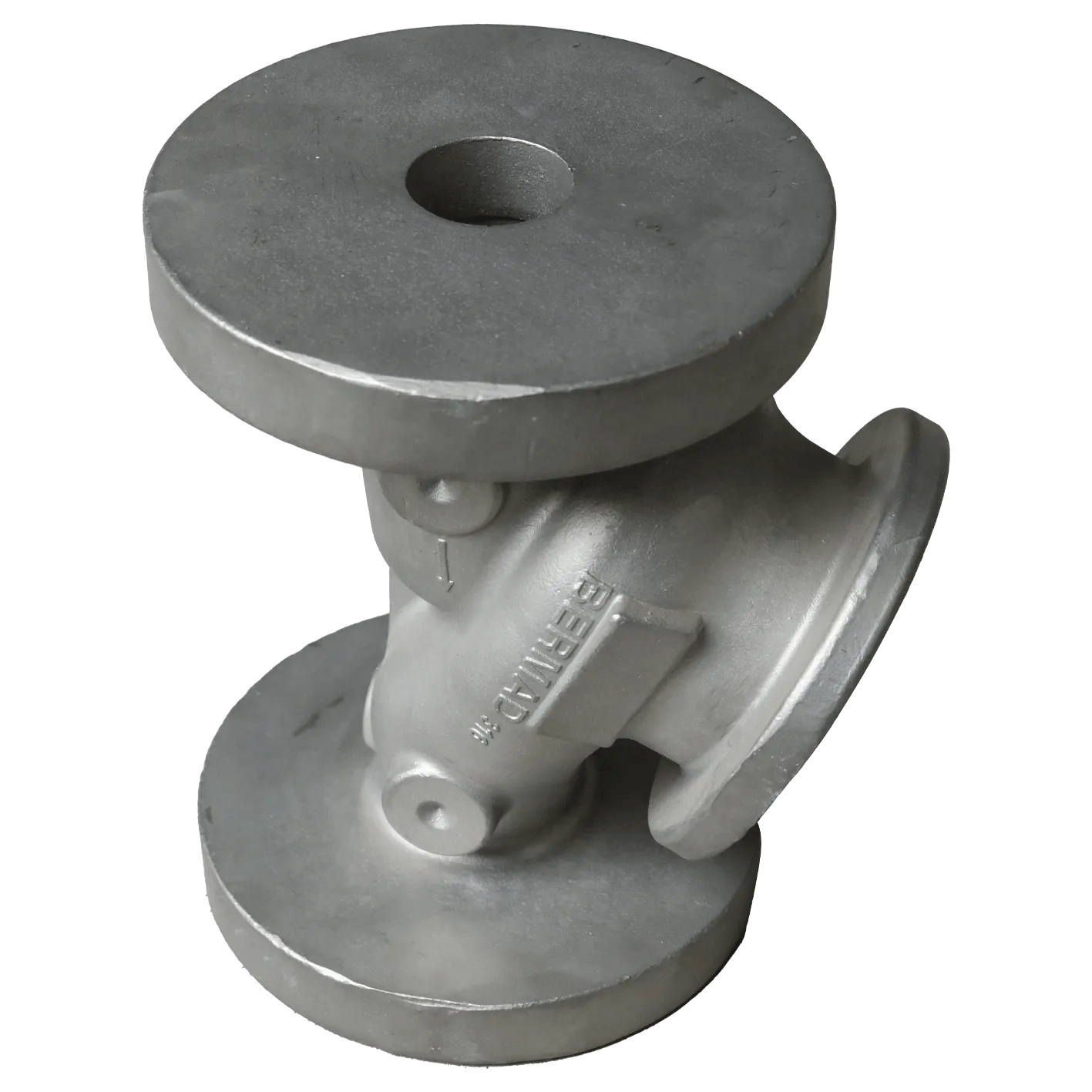Mobile:+86-311-808-126-83
Email:info@ydcastings.com
Types of Turbine Impellers and Their Applications in Energy Generation
Types of Turbine Impellers A Comprehensive Overview
Turbine impellers are critical components in various engineering applications, particularly in power generation, aerospace, and marine propulsion. Their main function is to convert the energy from a fluid—often gas or liquid—into mechanical energy, driving a rotor or turbine to produce work. The efficiency and performance of a turbine greatly depend on the design and type of impeller used. This article explores the various types of turbine impellers, their designs, applications, and advantages.
1. Axial Flow Impellers
Axial flow impellers are designed to move fluid parallel to the axis of rotation. This type of impeller is commonly found in turbines used for applications requiring high flow rates and relatively low pressure increases, such as in hydraulic turbines and aircraft engines. The blades are arranged in a way that enhances the smooth passage of fluid, allowing for efficient energy transfer.
One notable example of an axial flow impeller is the Francis turbine, commonly used in hydroelectric plants. Its design accommodates a wide range of water flow variations and pressure levels, making it extremely versatile. Another is the Kaplan turbine, which features adjustable blades to optimize performance across different operating conditions.
In contrast, radial flow impellers direct the fluid radially towards or away from the axis of rotation. Radial impellers are typically employed in applications requiring higher pressure boosts and are seen in centrifugal pumps and turbochargers. The key advantage of radial impellers is their ability to generate high velocities, making them suitable for scenarios where pressure is paramount.
A common type of radial impeller is the centrifugal impeller. As the fluid enters the impeller, it is accelerated outward by the rotating blades, increasing its kinetic energy. This characteristic makes these impellers ideal for applications such as water supply systems and industrial processes that demand consistent pressure.
turbine impeller types

3. Mixed-Flow Impellers
Mixed-flow impellers combine features of both axial and radial designs, allowing them to handle a wide range of operational conditions. The flow is directed at an angle, providing both an axial and radial motion of the fluid. This hybrid characteristics make mixed-flow impellers suitable for a variety of applications, including in drainage systems and larger industrial pumps.
The design of mixed-flow impellers can vary significantly, often optimized for specific conditions or efficiency requirements. They offer a balance between high flow rates and adequate pressure, making them a preferred choice in many modern turbine applications.
4. Specific Design Innovations
Various innovations have emerged in impeller design to enhance efficiency and performance. For instance, the use of computational fluid dynamics (CFD) has allowed engineers to simulate fluid flow and optimize blade shapes for better performance. Advanced materials, such as lightweight composites and super alloys, are being utilized to produce impellers that withstand extreme conditions while maintaining high efficiency.
Furthermore, the introduction of variable geometry impellers allows for real-time adjustments in response to changing operational conditions, optimizing performance and fuel efficiency in turbines like those in jet engines.
5. Conclusion
Understanding the different types of turbine impellers is crucial for engineers and designers in various fields. Each impeller type offers distinct advantages suited for specific applications and operating conditions. As technology continues to advance, the development of new materials and designs will further enhance the efficiency and effectiveness of turbine impellers. Innovations in this field not only contribute to energy efficiency but also play a significant role in the reduction of environmental impacts associated with energy production. Overall, the continued exploration and optimization of turbine impellers will lead to more sustainable and efficient energy solutions in the future.
-
Understanding Metal Casting TechniquesNewsApr.02,2025
-
Understanding Exhaust Manifolds for Enhanced Engine PerformanceNewsApr.02,2025
-
The World of Metal FabricationNewsApr.02,2025
-
Key Components for Pump and Turbo EfficiencyNewsApr.02,2025
-
Essential Tools for Automotive Maintenance and RepairNewsApr.02,2025
-
Durable Valve Components for Effective Water ManagementNewsApr.02,2025











